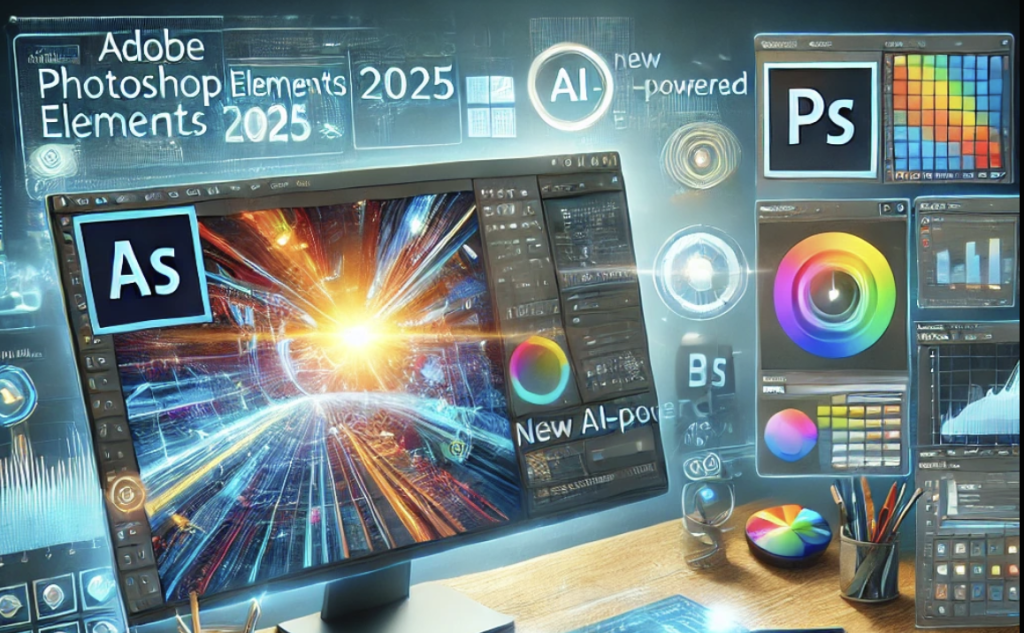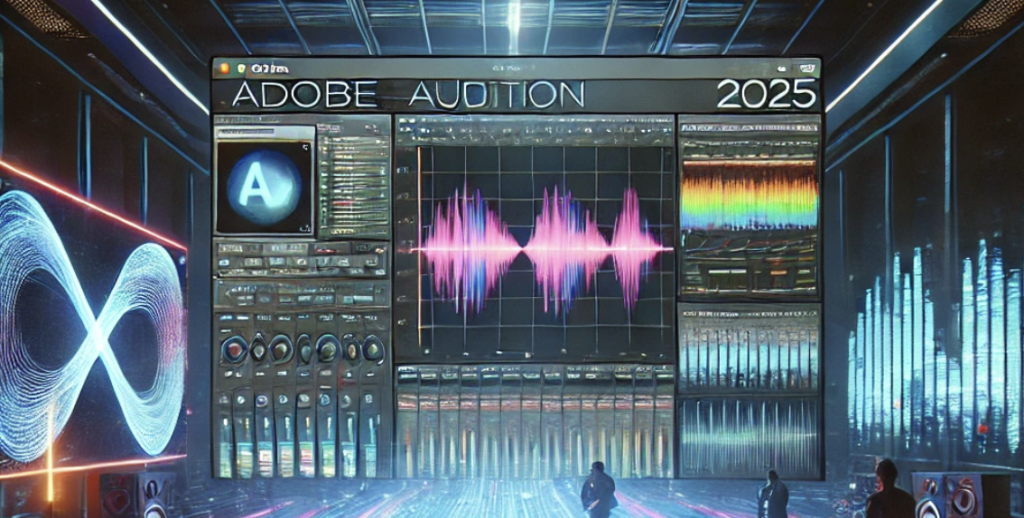Adobe has revolutionized the digital world with its cutting-edge software solutions. From graphic design to video editing, Adobe provides powerful tools that help individuals and businesses bring their creative ideas to life. One of its most iconic products, Adobe Photoshop, is widely recognized for its image editing capabilities. However, many users are unaware of the robust Photoshop animation features available within the software.
The Power of Adobe Photoshop Animation
Adobe Photoshop is not just for static image editing; it also offers an array of animation tools that allow designers to create stunning motion graphics. With features like the Timeline panel, frame-by-frame animation, and keyframe techniques, users can design compelling animations with ease. Whether you’re a beginner or a professional, Photoshop animation tools make it possible to add movement and interactivity to your designs.
Understanding the Photoshop Timeline Panel
The Timeline panel in Adobe Photoshop is the key to creating animations. This feature enables users to arrange, modify, and control different animation frames seamlessly. The Timeline panel provides two main types of animation:
- Frame Animation: This method creates movement by displaying a series of static frames in sequence, similar to a flipbook.
- Video Timeline Animation: This technique allows for smoother transitions and is ideal for more complex animations with layers and effects.
By mastering the Timeline panel, designers can craft impressive animations that capture attention and enhance storytelling.
Frame-by-Frame Animation: The Classic Technique
Frame-by-frame animation is one of the oldest animation methods, and Photoshop makes it easy to achieve. Each frame represents a single step in the movement, giving designers complete control over the animation process. This technique is especially useful for creating:
- Hand-drawn animations
- GIFs and social media animations
- Stop-motion effects
To get started, simply open the Timeline panel, switch to frame animation mode, and add new frames to build your sequence.
Utilizing Keyframes for Smooth Transitions
Keyframes play a crucial role in creating smooth animations in Photoshop. They allow designers to set specific points in time where changes occur, and Photoshop automatically generates transitions between these points. With keyframes, you can animate:
- Opacity changes
- Position shifts
- Layer transformations
By using keyframes strategically, you can create dynamic animations with professional-grade smoothness.
Exporting and Saving Your Photoshop Animations
Once your animation is complete, exporting it in the right format is essential. Photoshop provides multiple export options, including:
- GIF: Ideal for short, looping animations used on websites and social media.
- MP4: Best for high-quality video animations.
- PNG Sequence: Perfect for combining frames in video editing software.
Choosing the right format depends on where and how you plan to use your animation.
Advanced Photoshop Animation Techniques
For those looking to elevate their Photoshop animation skills, several advanced techniques can be explored:
- Using Smart Objects: This allows for non-destructive editing and better control over animated elements.
- Applying Layer Masks: Enables smooth transitions and blending effects between animation frames.
- Integrating 3D Elements: Photoshop’s 3D features can add depth and realism to animations.
Mastering these techniques can take your animation skills to a whole new level.
Benefits of Using Photoshop for Animation
Photoshop animation offers numerous advantages over other animation software:
- User-Friendly Interface: Photoshop’s familiar workspace makes it easy to learn and use.
- Integration with Adobe Suite: Works seamlessly with other Adobe products like After Effects and Illustrator.
- Versatility: Supports a wide range of animation styles, from simple GIFs to complex motion graphics.
These benefits make Photoshop a top choice for animators and designers worldwide.
Common Mistakes to Avoid in Photoshop Animation
While Photoshop animation is a powerful tool, beginners often make common mistakes that can affect their work. Here are some pitfalls to avoid:
- Ignoring Frame Timing: Improper timing can make animations look unnatural or choppy.
- Overloading with Effects: Too many effects can slow down rendering and reduce clarity.
- Not Organizing Layers: Keeping layers organized improves workflow efficiency.
By avoiding these mistakes, you can ensure smooth and professional-looking animations.
Conclusion: Unleash Your Creativity with Photoshop Animation
Adobe Photoshop animation is a game-changer for designers looking to add motion to their projects. Whether you’re creating GIFs, animated advertisements, or digital artwork, Photoshop provides all the tools needed to bring your ideas to life. By mastering frame-by-frame animation, keyframes, and advanced techniques, you can take your creativity to new heights.
Start experimenting with Photoshop animation today and unlock endless creative possibilities!

